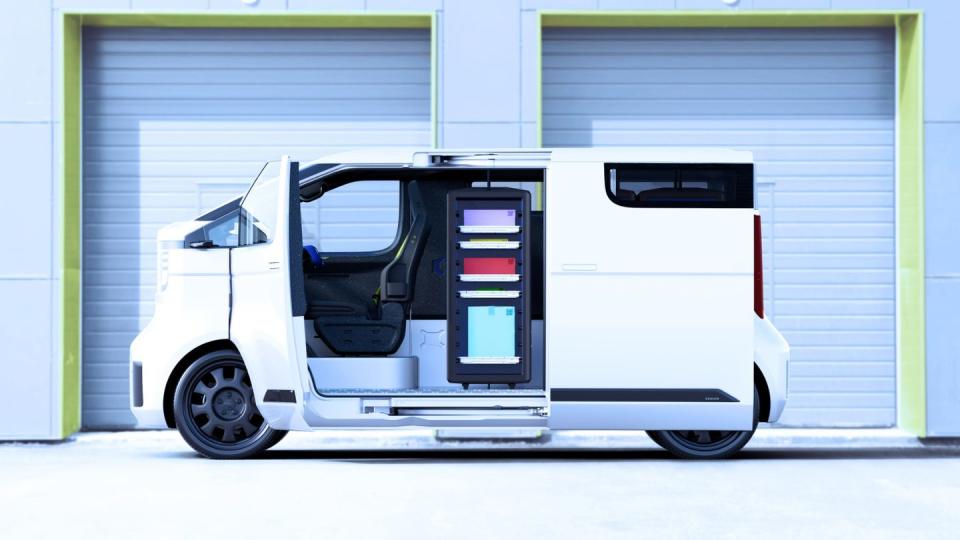Sadly, US Buyers Will Likely Never See this Cool Toyota Van

Toyota Kayoibako concept revealed at Japan Mobility Show demonstrates the versatile interior of a small electric van, designed to be reconfigured for different tasks.
The concept features a see-through front fascia, with a thin bridge of screens bisecting the dash.
The concept itself is just 157 inches long, making it far shorter than the modern Toyota Prius.
Traditionally, the Tokyo Motor Show (now known as the Japan Mobility Show), has never been short on tiny, boxy minivan concepts. These days, however, these concepts are now electric.
Toyota used the Tokyo event to unveil one of its smallest EV concepts to date, with the Kayoibako concept, named after reusable shipping containers, bringing electric power to a small but versatile model.
Designed as a small and reconfigurable van, the Kayoibako is aimed at commercial and private owners alike, making clever use of the interior to maximize its interior space.
The concept is designed to be a delivery van on work days, but is able to transform into a camper of sorts on the weekends.
"In our car plants, we use configurable shipping containers called 'kayoibako' to transport all kinds of parts that connect our worksites," explained Koji Sato, president and CEO.
"This mobility performs the same role in society."

With an overall length of 157 inches, the Kayoibako is about two feet shorter than a modern Prius. But the lack of long nose, as well as a generous height for something of its size, still buys the driver plenty of interior room.
Perhaps the most striking part of the interior is the thin dash, which serves as a bridge with an integrated screen, with glass below buying the driver extra visibility. The lack of an engine up front, or anywhere else for that matter, allows the nose to be largely transparent.
A yoke steering, which is something that is now being slowly rolled out by Toyota and Lexus, also buys the driver some extra visibility.
As Toyota shows, the Kayoibako is equally suited to be a delivery van as a mobile office or even a small mobile store. The van's battery-electric platform, meanwhile, also means that it has a flat floor not obstructed by a transmission tunnel or anything else for that matter, making rearranging the interior far easier and also allowing wheelchairs to enter.
"It can serve as community mobility, enabling easy access for wheelchair users, serve as a remote office, and be used as a mobile shop," Sato added.

As much as we'd like to see small and electric vans make an appearance stateside, Toyota's experience with small vans acting as commuter vehicles is perhaps mixed at best.
The defunct Scion brand was popular not with its intended younger customer base as much as an older demographic—one that could afford new cars and that tended to buy Toyotas. And after Scion departed, Toyota and other automakers moved away from smallish, cube-shaped cars. The Honda Element and the Nissan Cube were also part of that wave.
While there's no danger of Toyota relaunching such vehicles stateside anytime soon, we can't help but notice that BMW is heading in this general direction with the electric Countryman, due here next year.
Will there be demand in the US for vehicles of this size in the future, or will automakers steer clear of box-shaped subcompact models? Let us know what you think.

 Yahoo Autos
Yahoo Autos 